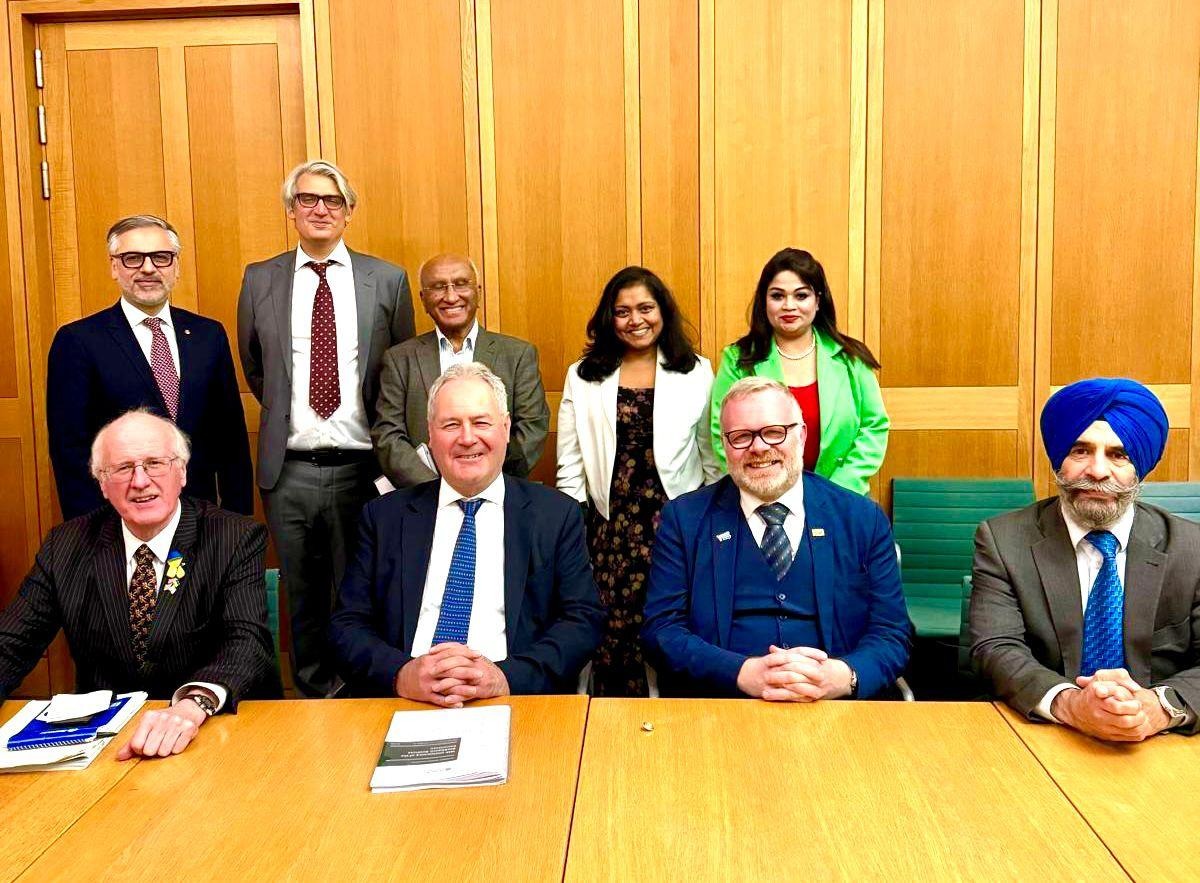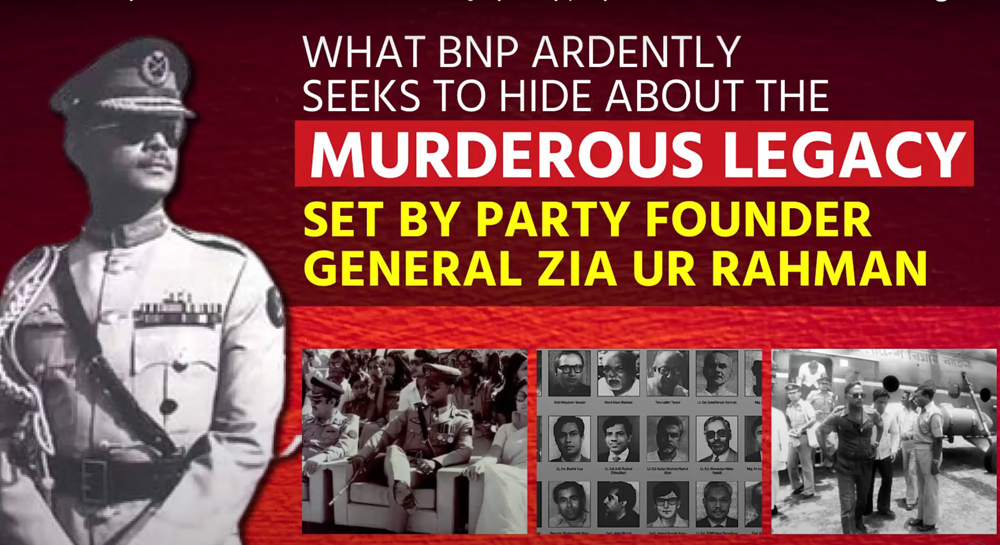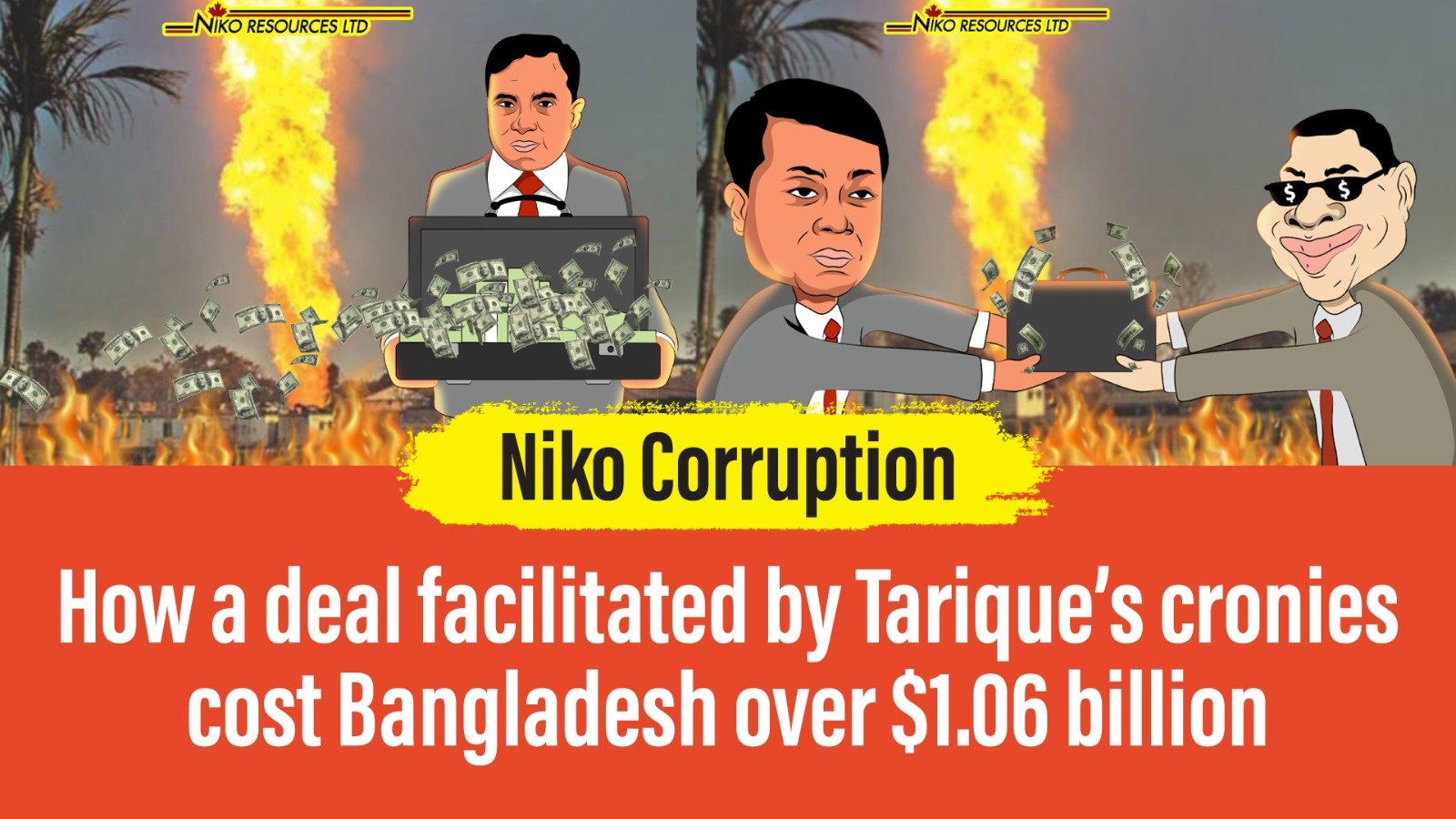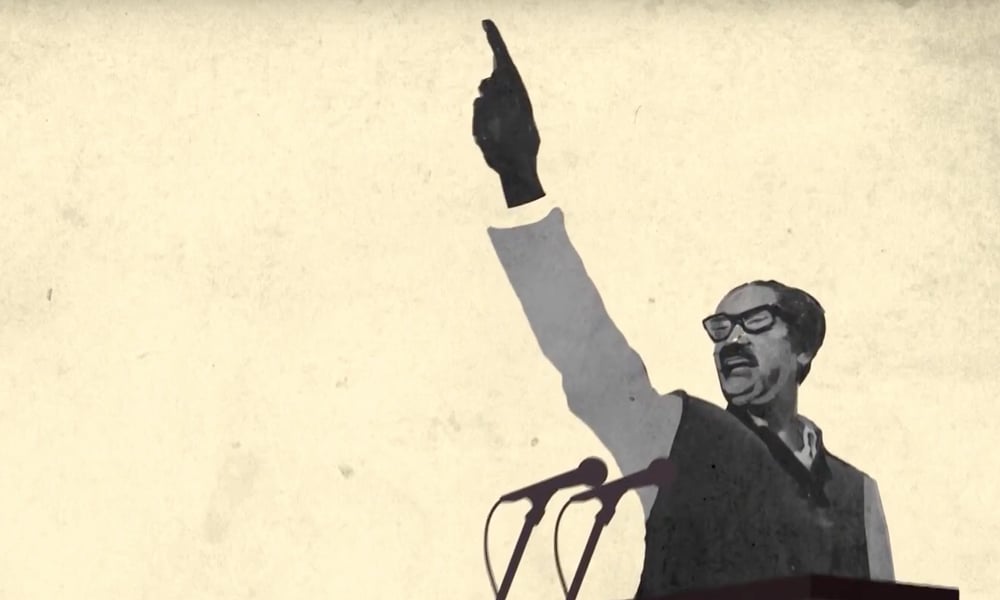57307
Published on March 24, 2024A black veil has just showed up over the history of mankind. It was the night of March 25, 1971. The roar of tanks broke the silence of the night. Millions of people in Bangladesh, then a province of Pakistan, woke up not to the chirping of birds but to the thudding sounds of bombs and bullets. That was the kickoff of one of the biggest genocides, led by then General Yahya Khan of Pakistan, in world history.
All through the day, leaders of the Awami League waited for the telephone call General SGMM Peerzada had promised to make regarding the former’s proposals on a constitutional settlement from the regime. The call never came.
Throughout the afternoon, Pakistani army officers helicoptered across the province, signalling all army formations that they should be on standby for the imminent military operations to begin.
Soon as dusk fell, rumors about an imminent military action against the regime began to abound. Party colleagues and many others rushed to see Bangabandhu at his 32 Dhanmondi residence. For his part, the leader advised them to leave the city. But, he made it clear that he was going to stay, saying that, if he did, the army would raze Dhaka to the grounds.
In a secretive manner, President Yahya Khan boarded a Pakistani International Airlines flight in the evening at around 7:30 and took off for Karachi. All the arrangements for what would infamously become known as “Operation Searchlight” were completed. Before stepping into the flight, the army high command was instructed to commence operations against the Bangalees, but only after their president had landed in Karachi. General Tikka Khan, then martial law administrator of East Pakistan, passed on the message to Maj Gen Khadem Hossain Raja.
“Khadem, it’s tonight,” said Tikka, indicating the first sign of an impending military assault on Bangalees.
Over a period of ten days, the regime increased the number of army, ammunition and manpower were gathered also. All these were done on the pretext of negotiations with Bangabandhu Sheikh Mujibur Rahman on the issue of a transfer of power to the elected representatives of the people. Their ultimate objective was a crushing of Banglaee nationalism.
Students of Dhaka University and citizens, in general, put up barricades in different parts of the city to thwart the movements of the soldiers. No one, at that point, could visualise the scale of the ferocity with which the army planned to strike.
Between 11:00 p.m. and 11:30 p.m., the Pakistan army comes out to pounce on the people of Bangladesh. Different units of the army marched on the streets in various directions. At the dead of the night, tanks, armoured cars and trucks loaded with soldiers broke the silence of the night and headed for Dhaka University, the Central Shaheed Minar, the Race Course (where the Kali Mandir was situated), Hotel Intercontinental and Old Dhaka.
Another made its way to Dhanmondi. The clear objective was to take Bangabandhu Sheikh Mujibur Rahman into custody.
Other units began destroying the Kali Mandir in the centre of the Race Course and the Central Shaheed Minar. Troops also went for capturing a number of senior Awami League leaders, almost all of whom escaped capture.
Contingents also went to the Rajarbagh police headquarters and the East Pakistan Rifles in Pilkhana.
The Pakistan army killed thousands of people in Dhaka. The brutality was unprecedented as academics, students, policemen, East Pakistan Rifles personnel and sleeping rickshaw pullers were put to the gun and the bayonet. The ferocity with which the Shaheed Minar and the Kali Mandir were destroyed in the early hours of what was to be a genocide over the next nine months has rarely been matched in the annals of modern history. Eminent academics, among whom were the venerable GC Dev and the scholar Jyotirmoy Guhathakurta, were shot. Students of Dhaka University were lined up, shot and then dumped into hastily dug mass graves.
Bangabandhu was arrested by the Pakistan army and taken to what was then an under-construction national assembly building in the Second Capital area (today’s Sher-e-Bangla Nagar). He was then moved to Adamjee College in the cantonment, where he was kept for the night, and later shifted to Flagstaff House. Three days later, he was flown to West Pakistan and put in solitary confinement in Mianwali jail.
Terror was writ large across the country.














